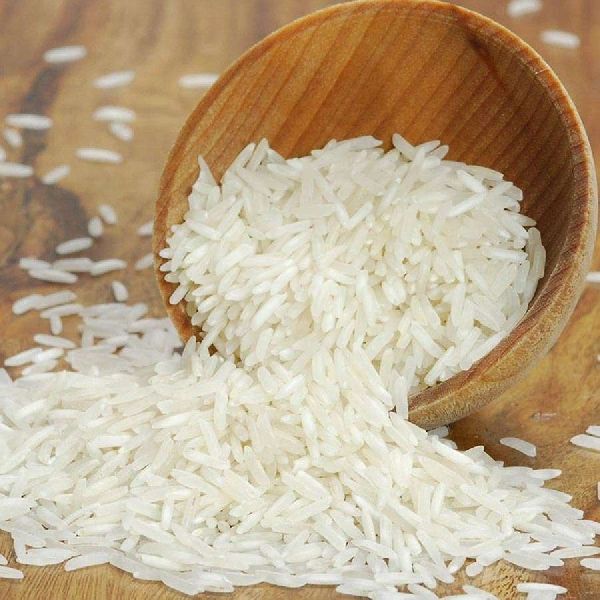Table of Contents
- Experts Concerns Regarding Rice Exports:
- Non-Basmati Rice Exports From India:
- Major Export Destinations Of Non Basmati Rice From India:
- Concluding Thoughts:
India is the largest producer of rice grains. And, the topmost rice exporters of basmati rice and non-basmati are available largely in India. It continues to dominate the global rice market for centuries. Non-basmati rice exports from India saw rapid growth recently.
The exports record is doubled from last year. As per the studies, soon India will be the top one exporter country.
In the last year, total rice exports records reached at around 9.5 million tons. And in 2021, it has almost doubled to 17.7 million tons. Demands of non-basmati rice are often high in this year even so in the pandemic year.
Experts Concerns Regarding Rice Exports:
There are experts’ views related to rice exports. In their opinion, they fear that exports might get affected due to the panic purchases in the pandemic situation. Hence, some countries will be lacking fiscal power.
Rice Exporters Association (REA) president, Mr. B V Krishna Rao said that rice exporters of India were also concerned about the slowdown of exports. This might have happened as some African buyers raised the freight charges which directly affected the exports.
However, latest reports say some buyers decreased the freight charges in order to import more. Also, India remains a competitive country in terms of cost in comparison to other countries.
Most importantly, the exports are only 15 percent in the month of april. But it is getting better by the end of the year. New buyers are adding to the list like Latin America shifted towards India for importing basmati and non-basmati rice.
Non-Basmati Rice Exports From India:
Non basmati rice exports from India saw a rapid growth in records. It almost doubled to Rs 22,856 crore in the year 2021 as compared to Rs. 10,268 crore in previous. This ratio is released by the commerce ministry.
The growth is about 122.61 percent. But the orders for the December month seems to have fallen from half million as compared to earlier months. Overall, the total exports are higher than 2020.
Rice production also saw a rapid growth in records despite the unpredicted rainfalls and droughts in some areas. By the year ending, rice production is around 120 million tons.
Across the globe, production of rice grains is estimated at about 515 million tons by the International Grains Council.
Major Export Destinations Of Non Basmati Rice From India:
Exports of rice destinations vary depending on the varieties. For instance, Indian basmati rice is exported mainly to Saudi Arabia, Iran, Iraq, UAE, UK etc. Around 75 percent of basmati rice exports to these countries.
In the year 2008, when a new variety in basmati was verified, Pusa. For this, Iran and Saudi Arabia are the largest importer of it.
Non basmati rice markets are highly unstable . It saw major changes throughout the years. The major destinations for this variety are Benin, Ivoire, Bangladesh, UAE etc.
However, the major export destinations are quite similar. There are many countries that widely import non basmati rice. The key countries that can be included in the list are: Bangladesh, Nepal and United Arab Emirates.
Concluding Thoughts:
India is the second largest country of rice exports along with the highest production rate. Exports of rice including both categories contribute substantially to the national income of India.
There have been studies on the same and according to the research, Indian rice exports reveal a great performance for centuries. Thailand and Vietnam are the major competition for India in terms of exporting non-basmati rice.
For centuries, Saudi Arabia remained the most stable importer country of Indian basmati and non-basmati rice. The prime focus must be grain quality, an important factor in competitiveness. There are some rice exporters and millers who generally mix the superior varieties with inferior which is unfair to do.
In regards to this, buyers must import from certified exporters who maintain the finest quality check grains. Basmati rice and non-basmati rice are daily consumable items for many. Hence the quality of grain is a basic and primary important thing.
